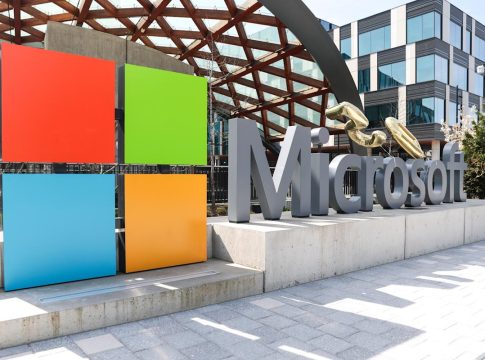The AI Revolution: Job Cuts Loom at Amazon and Microsoft
Recent announcements from Amazon and Microsoft signal a significant shift in the tech landscape, driven by the rapid adoption of artificial intelligence (AI). Both companies, while investing heavily in AI infrastructure, are also preparing to reduce their workforces—a move that raises important questions about the future of jobs in the tech sector.
Corporate Workforce Reductions Amid AI Growth
Amazon’s CEO Andy Jassy recently revealed that the integration of generative AI into their operations will result in a streamlined workforce. He indicated that as the company rolls out more AI-driven tools, they will require fewer employees for certain tasks, while simultaneously creating opportunities for roles focused more on strategic thinking and enhancing customer experiences. This shift reflects broader trends in the industry where AI tools, such as automation in inventory management and demand forecasting, are increasingly taking over repetitive tasks.
On the heels of Amazon’s announcement, reports emerged that Microsoft plans to implement significant layoffs, particularly within its sales divisions. Sources suggest that the cuts, expected to number in the thousands, are part of an ongoing reassessment of business priorities. While Microsoft has not confirmed the specifics, their spokesperson emphasized a commitment to aligning teams with strategic growth opportunities.
A Financial Commitment to AI
Despite the looming layoffs, both companies are making substantial investments in AI. Amazon plans to allocate around $105 billion toward AI infrastructure by 2025, a sum that dwarfs the investments of its competitors in the cloud sector. Microsoft is similarly committing approximately $80 billion for AI data center expansions in the coming years.
The Bigger Picture: Job Automation and Economic Impact
The implications of these changes extend beyond corporate balance sheets. Research by Goldman Sachs indicates that generative AI could potentially automate nearly 25% of jobs across various industries. At the same time, a report from Challenger, Gray & Christmas noted that technological upgrades, including AI implementations, have already led to around 20,000 layoffs in just the first five months of 2023.
This situation isn’t entirely new. The technological advancements of the past—think of the advent of the internet and the disruption it caused—similarly displaced jobs while creating new ones. As businesses adapt to leverage AI, a transitional phase is inevitable.
Moving Forward: A Dual Challenge
As AI tools gain traction, companies like Amazon and Microsoft face a dual challenge: enhancing operational efficiency through automation while also addressing the workforce implications of these technological shifts. This balance will be critical as they strive to maintain productivity while fostering a work environment that inspires innovation.
In summary, the road ahead for both employees and employers is fraught with uncertainty yet brimming with potential. As AI evolves, so too will the landscape of work—transforming not just how companies operate, but also reshaping the very nature of employment in the tech sector and beyond.

Writes about personal finance, side hustles, gadgets, and tech innovation.
Bio: Priya specializes in making complex financial and tech topics easy to digest, with experience in fintech and consumer reviews.

